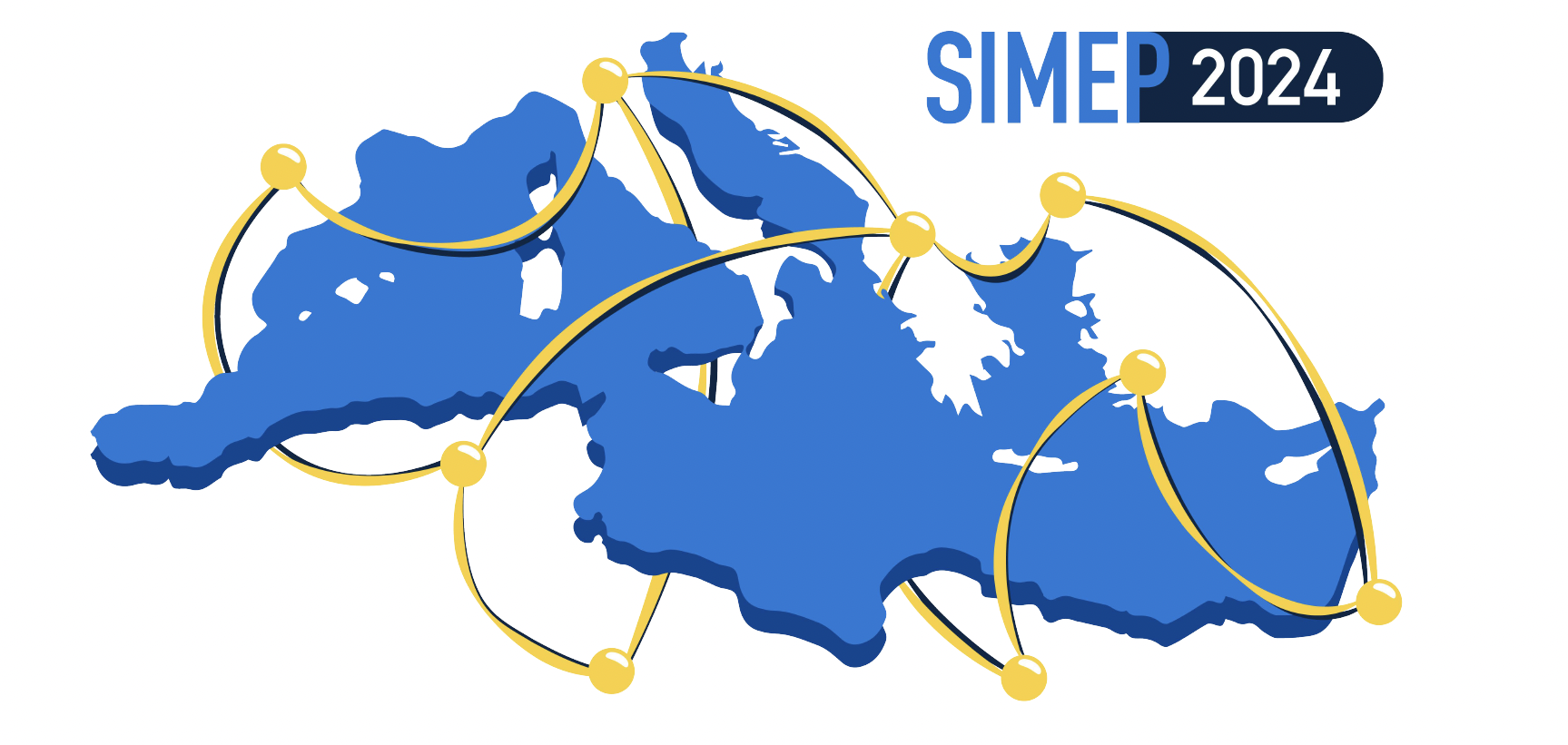The conference is organised in the following sessions:
- Cultural diffusion and population mobility – Chairman: Kristian Kristiansen. Migration, including the movement of foreign populations who incorporated new cultural trends, as opposed to their diffusion, and the acquisition of new ideas through interaction with influential partners, have been the two main interpretative perspectives for explaining cultural change in prehistory. During the last decades, palaeogenetic analysis has brought new perspectives to this issue, allowing population movements to be tracked alongside the previously available information on the distribution of objects in time and space. New perspectives are stressing that population mobility and cultural diffusion are, in many cases, complementary vectors in complex models explaining cultural change.
- Alterity and confronted identities – Chairman: Joao Zilhao. Alterity and confronted identities have emerged as crucial concepts in archaeological research in recent years, as a means to understand the diverse and complex social dynamics of past societies through material culture, bioarchaeological remains, and spatiotemporal distributions, as well as integrating new theoretical frameworks and ethnographical data. Alterity involves recognizing and embracing cultural and social differences, challenging the idea of a single, dominant narrative. Confronted identities refer to the various ways individuals and groups negotiate their identities within a wider social context. This may include gender, cultural or social identity. This shift in perspective fosters a deeper understanding of social and cultural interaction such as cooperation, power dynamics, conflict and the negotiation of identities in the past. It also contributes to broader discussions about diversity, inclusivity, and social justice in contemporary society.
- Circulation, exchange and trade – Chairwoman: Anna Belfer-Cohen. The circulation of animals and plants, materials (from raw materials to finished products), ideas and knowledge is well documented from the initial stages of the prehistory on the Mediterranean basin, constituting a fundamental element in the great socioeconomic and cultural transformations of the region. Some paradigmatic examples can be the dissemination of plants and animals, products and knowledge inherent in the ‘Neolithic package’ or the implementation of metallurgical practices among others. In this session, we try to see at different spatial and chronological scales how these phenomena that have played a fundamental role in the definition of different types of identities, territories and materialities developed and changed throughout prehistory and how we can identify them in the archaeological record. At the same time, we want to address the modality under which such interactions took place, whether in the form of distribution or migration from specific geographical areas, as exchanges of a different nature established between communities or under institutionalized forms by state formation.
- Environment and social interactions – Chairwoman: Eleni Asouti. The environment is more than the scenario of social interaction, since human action cannot be conceived in isolation from the natural world. This encompasses not only humans, but also animals, plants and landscapes. The environment can be a place where social identities are displayed, negotiated and reinvented. Humans have an active role in modifying the environment as part of their ecological strategies, but they must also adapt to fluctuations in resource availability and climatic events, often through the development of innovative social responses. We welcome papers focused on human-environment interactions and human decision-making based on environmental factors. How does the environment play a role in settlement patterns, architectural design and the creation of intra-community social interactions? Papers focusing on anthropogenic and natural events detected at multiple scales and the way these reflect large-scale interactions are especially encouraged (i.e., high-resolution analytical techniques in geoarchaeology, bioarchaeology, and biochemistry).
- Advances in social interaction modelling – Chairman: Joaquim Fort. A significant input of new data in prehistoric research has involved the use of simulations of social or environmental processes to explore internal mechanisms and external relationships. New interdisciplinary methodological approaches integrating the application of computational modelling have been currently trending in archaeological studies and involve a set of methods – Agent-Based Modelling, Network Analyses, Bayesian modelling, Generalised Linear Models, among others. This session welcomes contributions that use modelling as their research framework to address and investigate wide-geographical and chronological settings, and large data-sets. The practical integration of new methodological approaches and emerging results in studies which concern population movements, spread of techniques, object and materials, supra-regional exchange and trade networks in Mediterranean prehistory are of particular interest.
